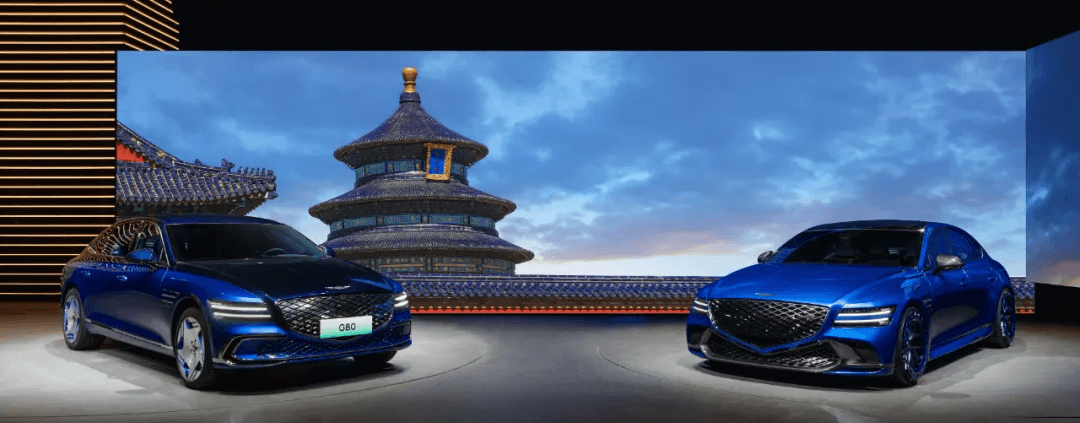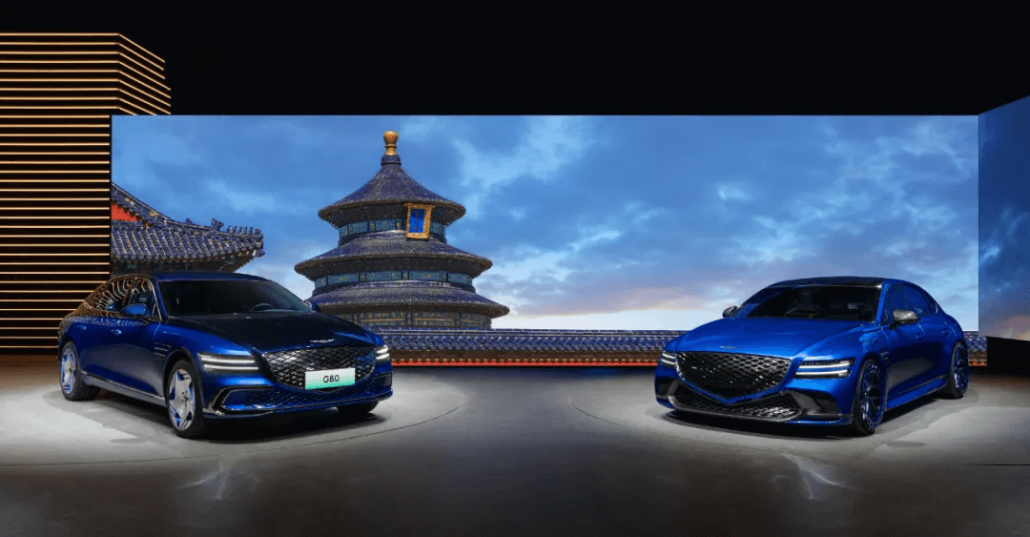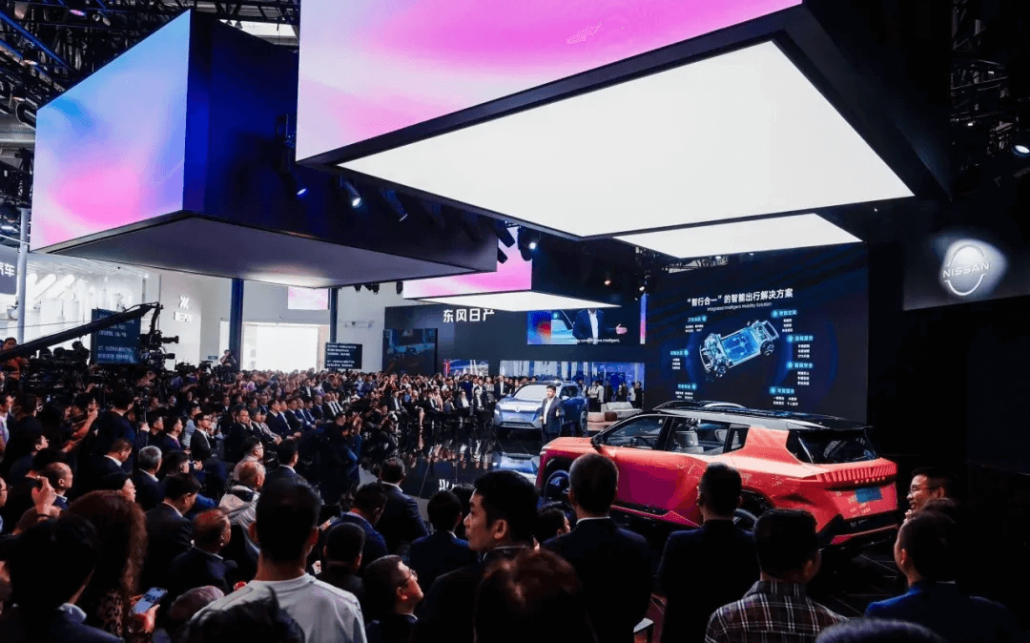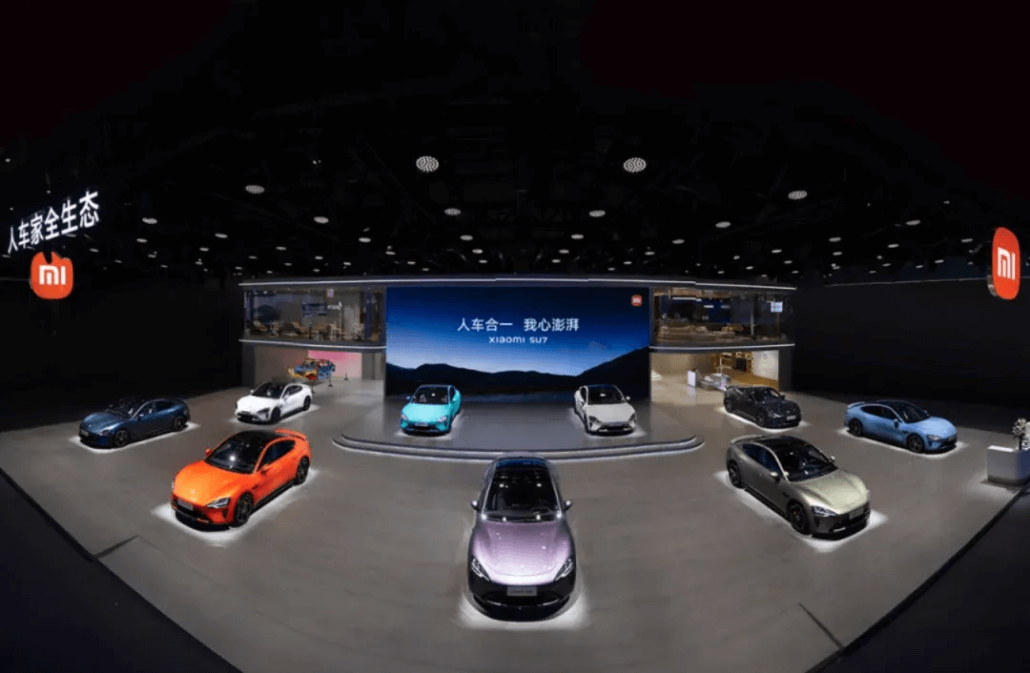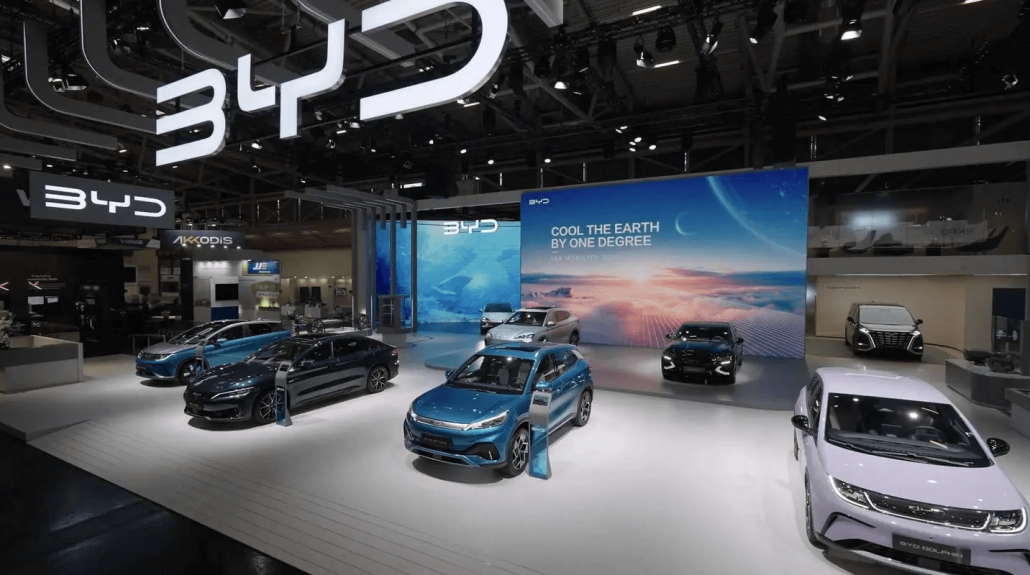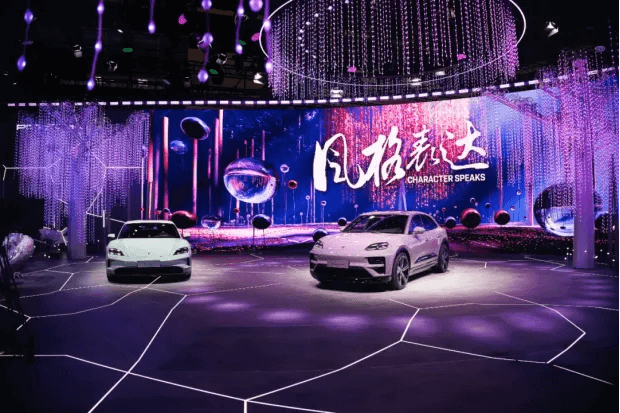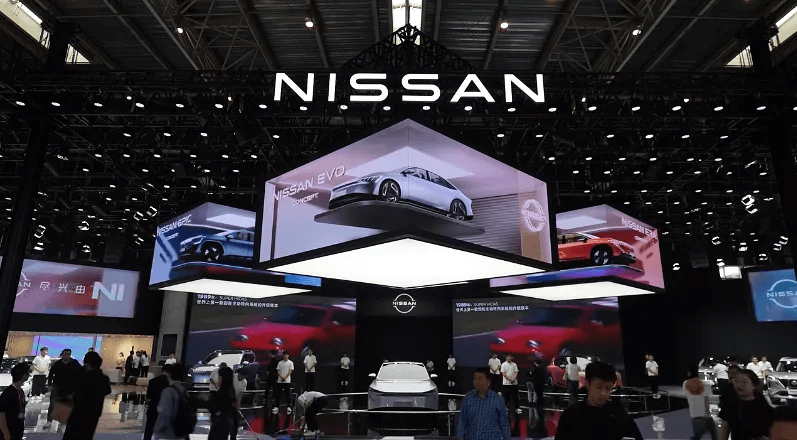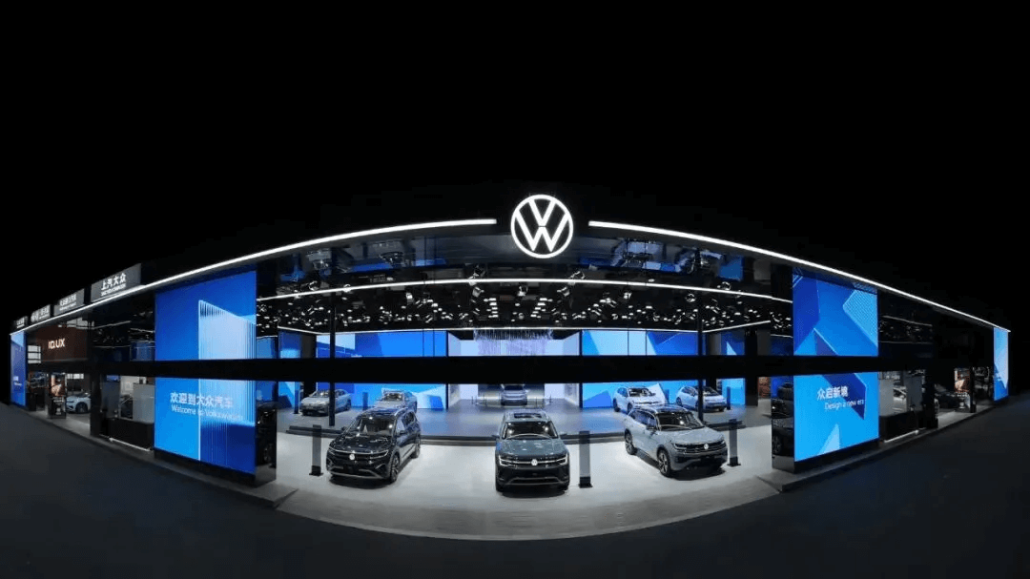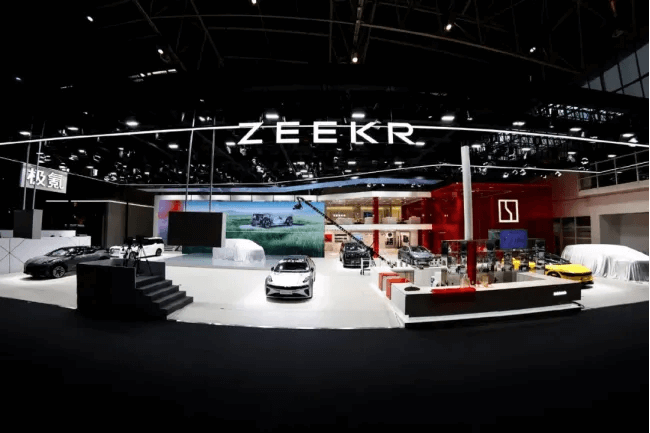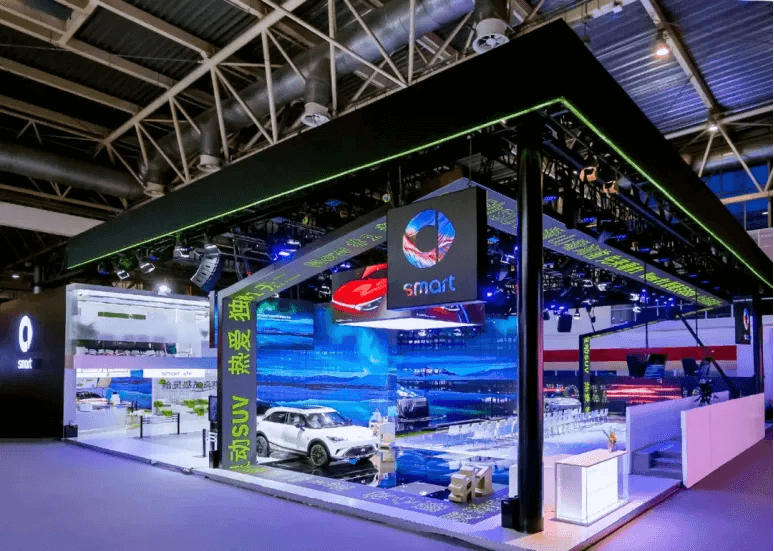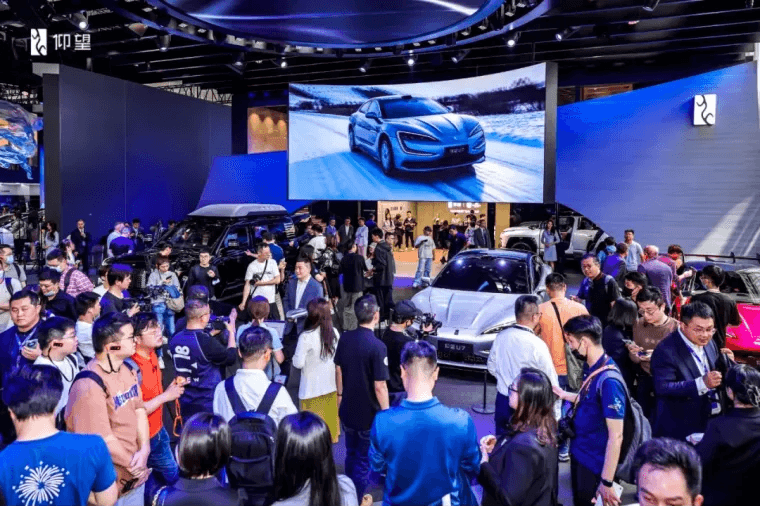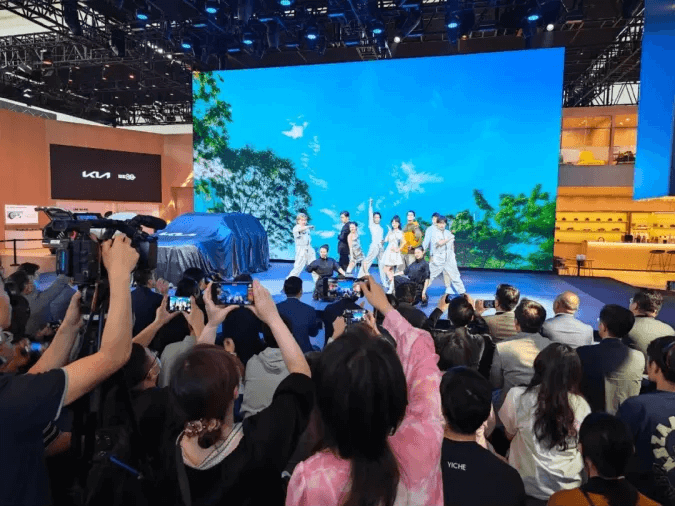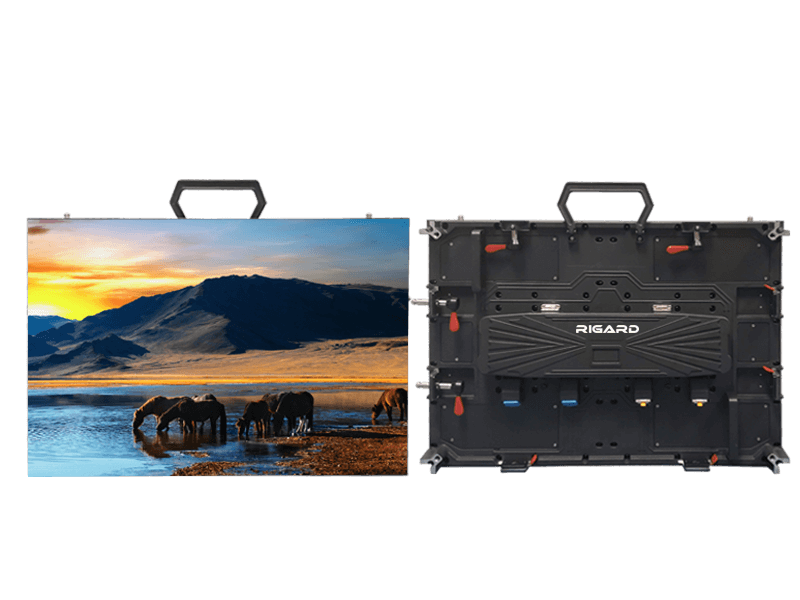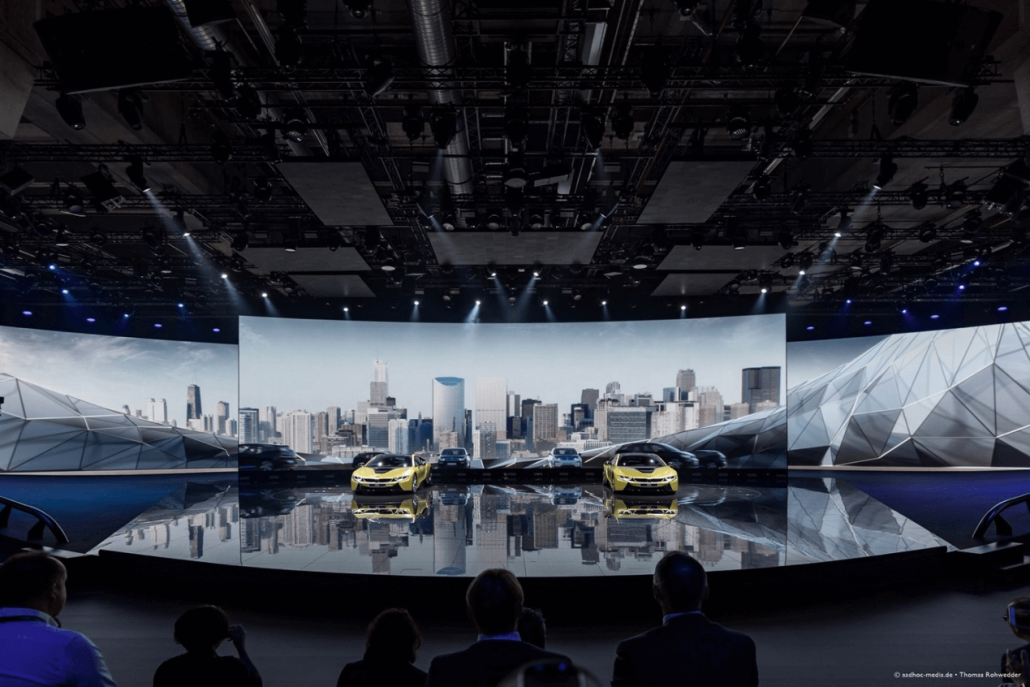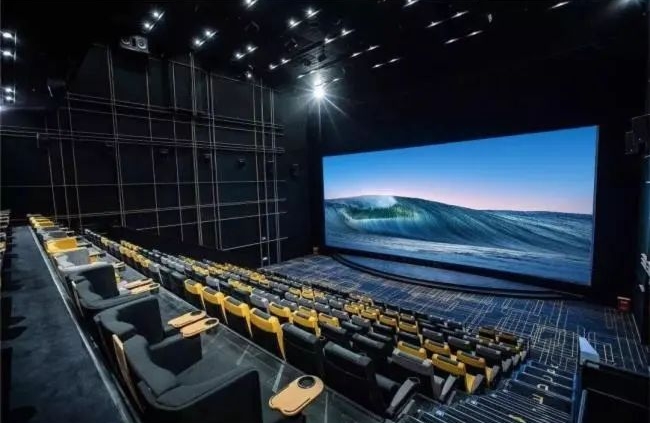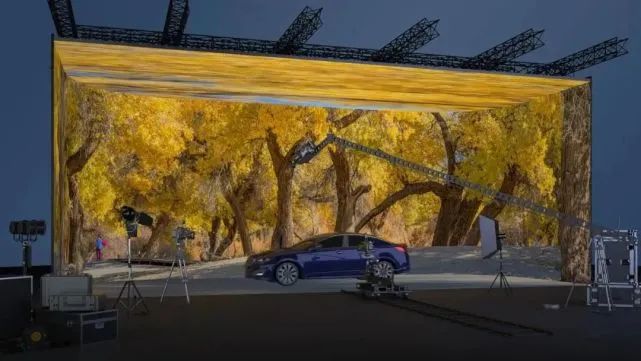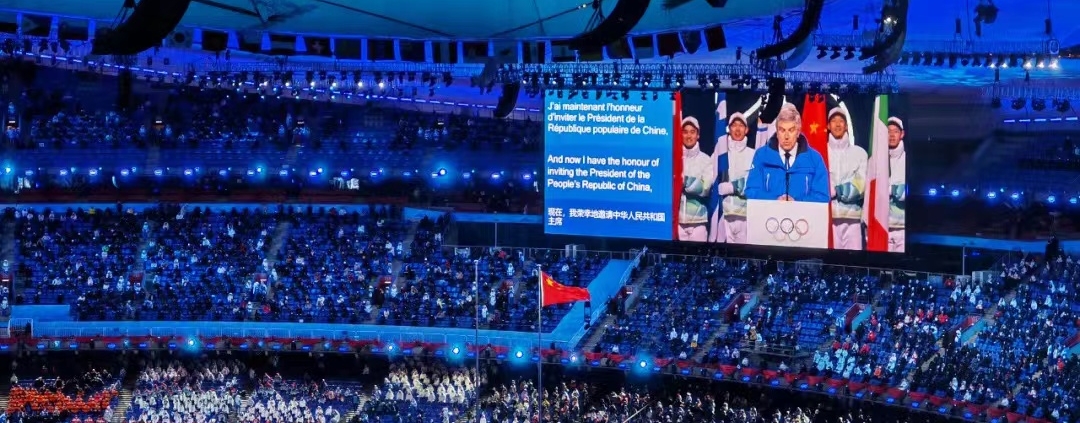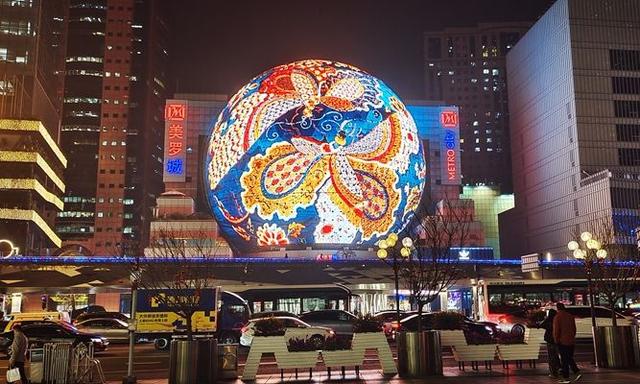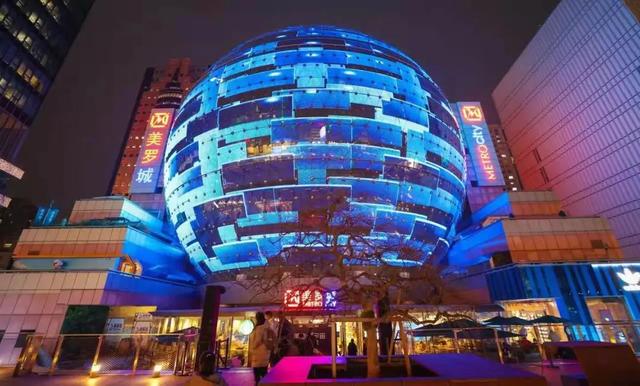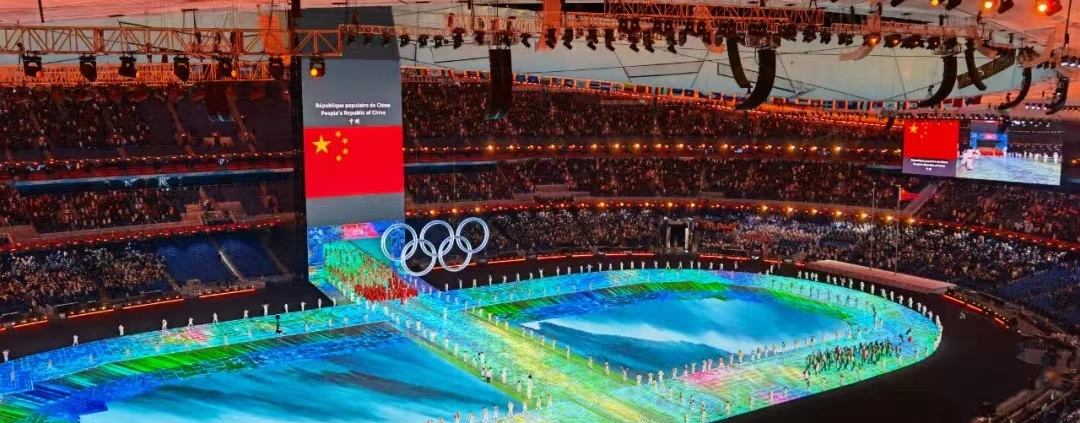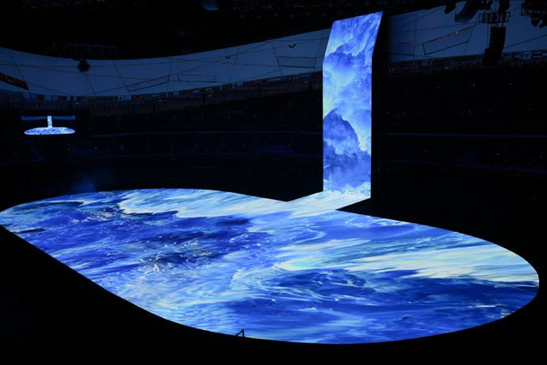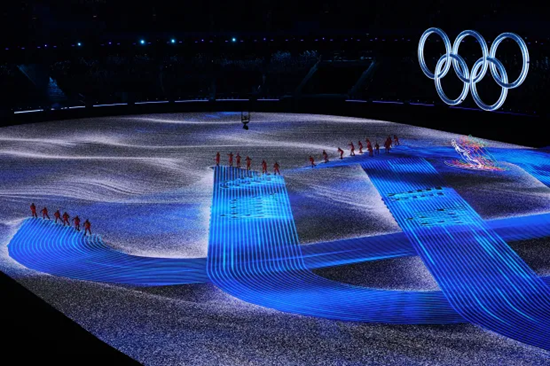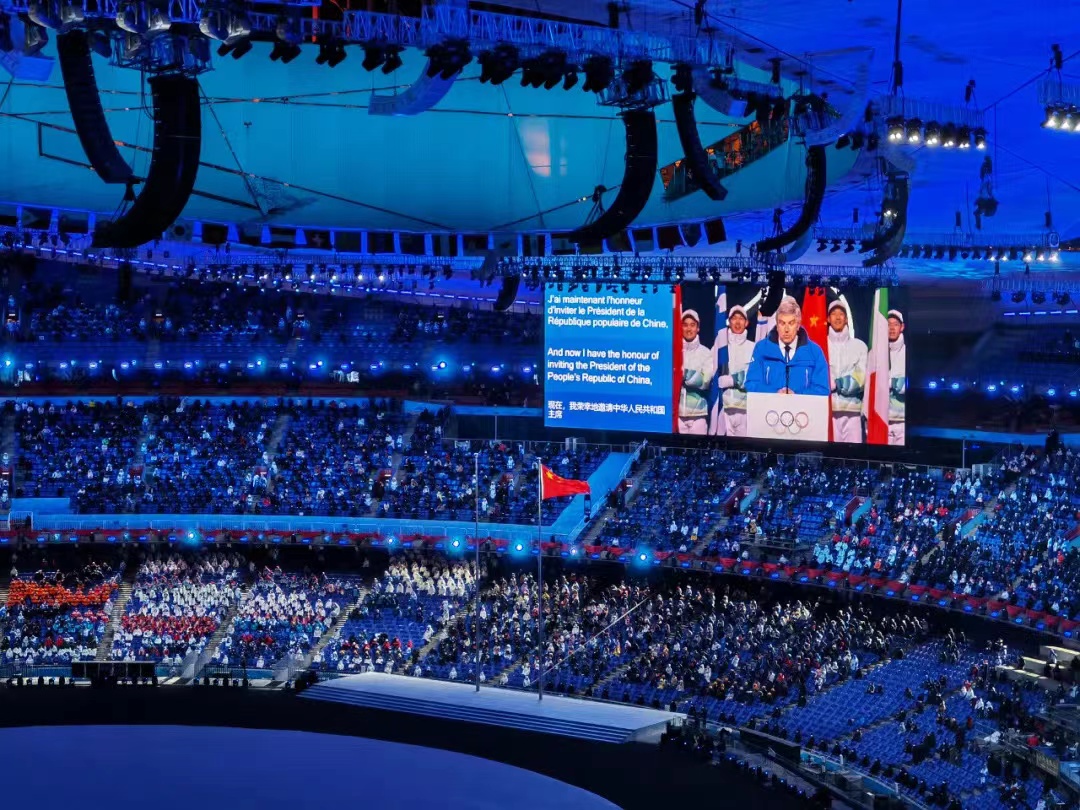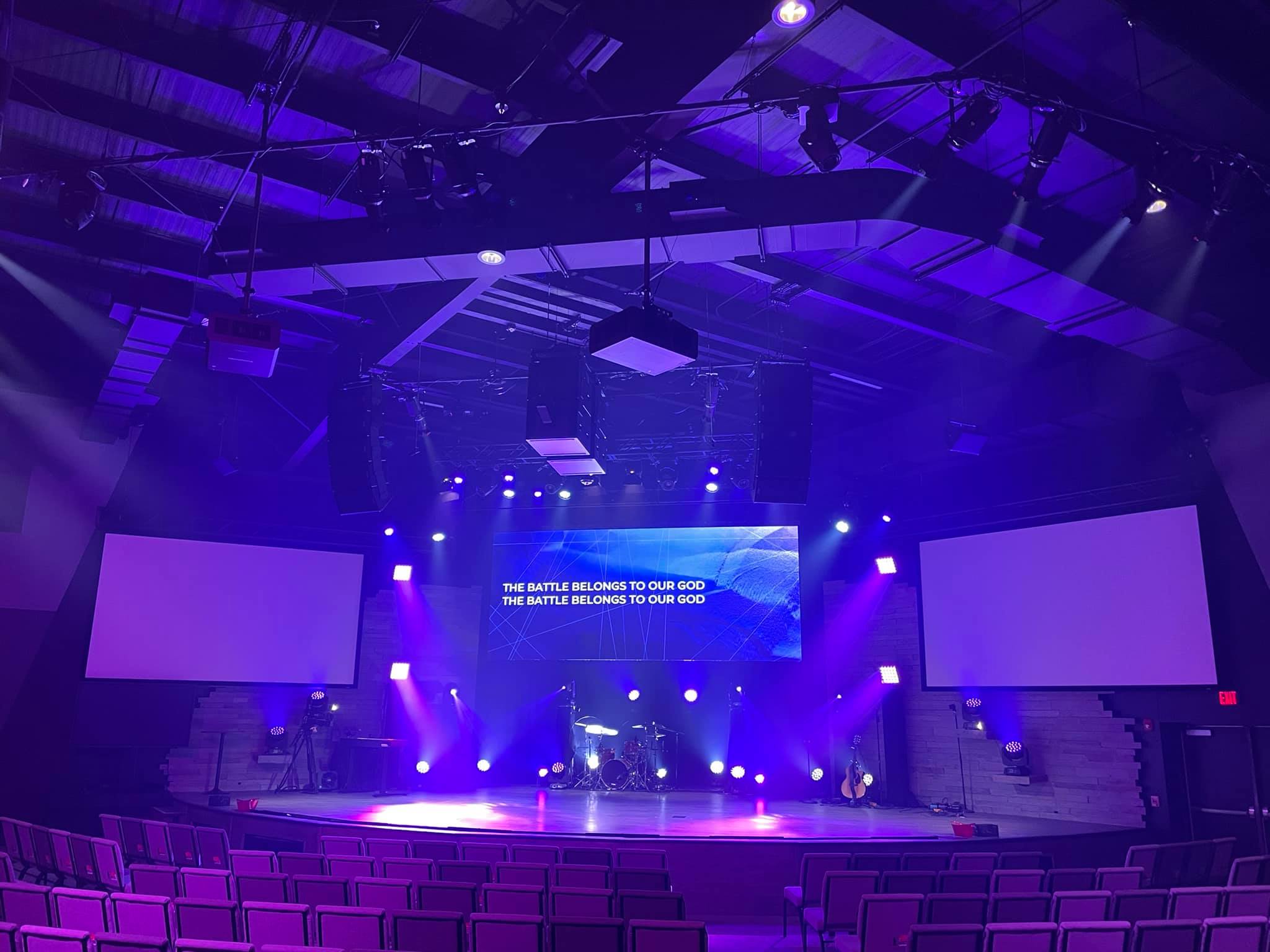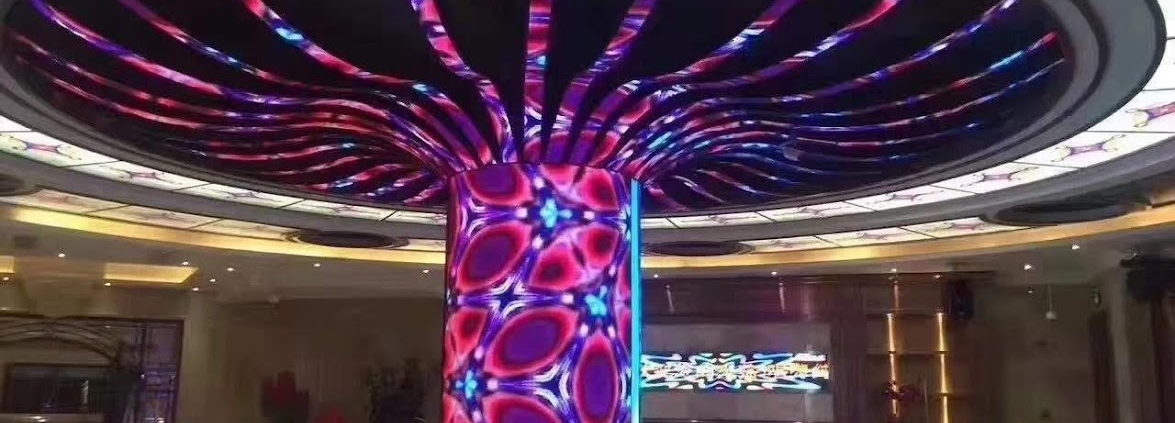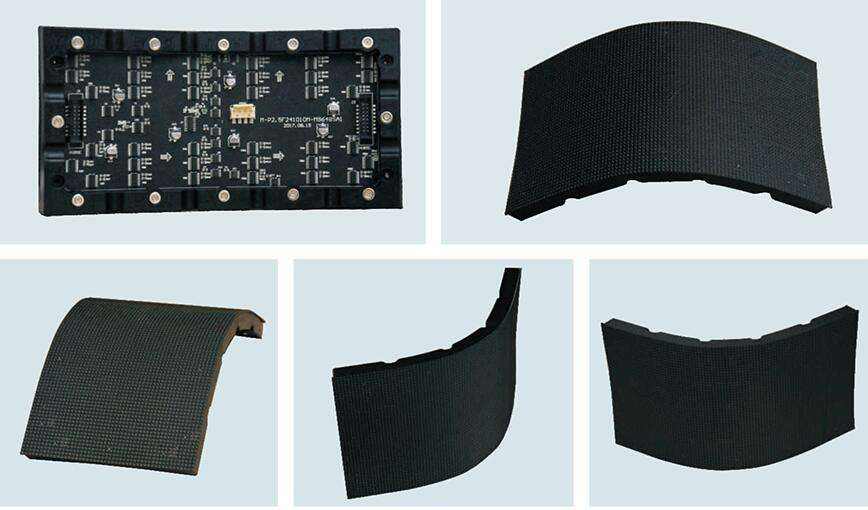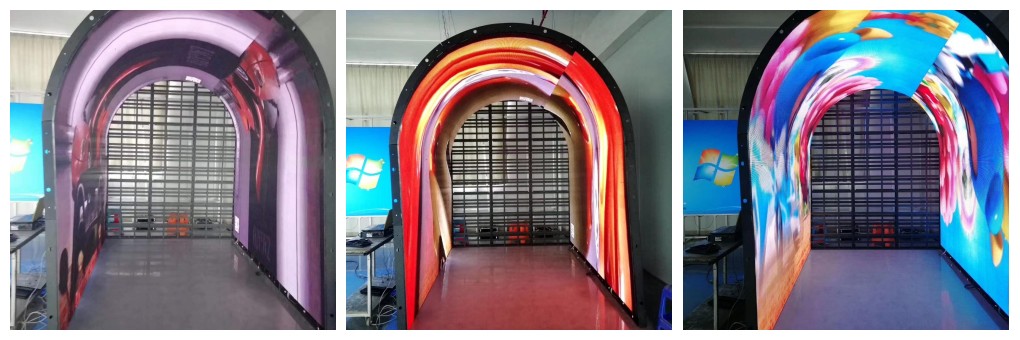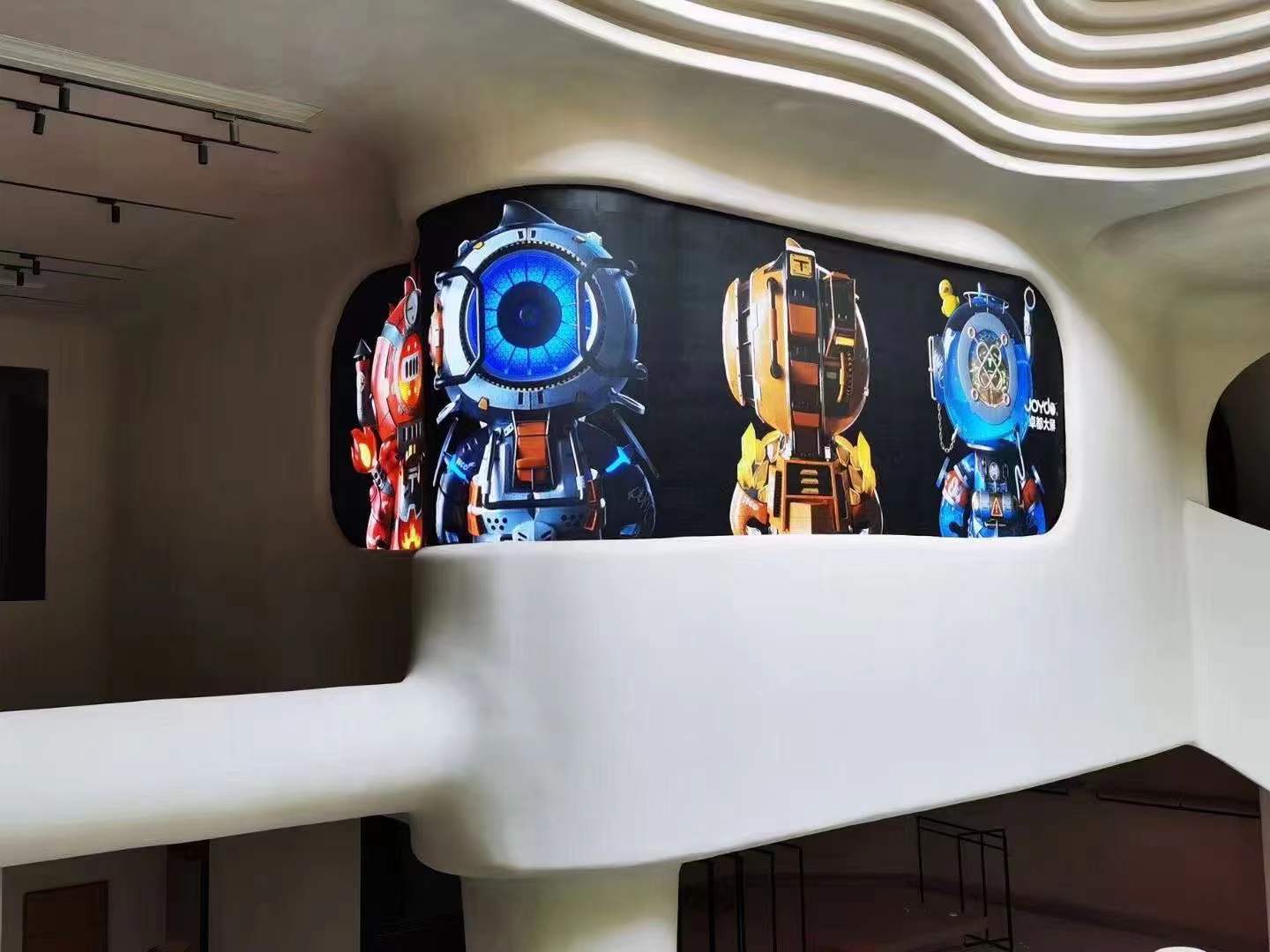What is the Success of “Black Myth: Wukong” Meant for LED Display Technology?
/With the rapid development of the digital entertainment industry, the combination of games and high-definition display hardware is driving technological change, creating an unprecedented industry resonance. Recently, Black Myth: Wukong, since its release, has captured the hearts of players around the world with its outstanding visual effects, engaging plot and innovative interpretation of traditional culture.
The global success of Black Myth: Wukong, a highly anticipated and critically acclaimed game, has not only aroused widespread concern in the gaming community, but has also brought valuable insights to the future of LED display technology.
Behind the success, LED display screen has become a key factor in enhancing the gaming experience. Although the LED display screen itself is not directly involved in the game development, it plays an indispensable role in many aspects of the game industry chain. From the production and promotion to the player experience, every step is closely linked to display technology.

Virtual Production and LED Displays: Realism Meets Detail
The wide application of LED virtual studio, especially in film, television and game production, has brought a new development direction to the display industry. LED display plays a crucial role in the virtual production process, which not only provides dynamic background and complex scenes, but also ensures the consistency of light and color, so that the producer can better control the visual effect of the screen in the production.
Take Black Myth: Wukong as an example. This game is likely to use LED virtual production technology in the production of the promotional video, which perfectly combines the real physical environment with the virtual scene. In virtual sets, the use of large-scale LED displays — such as a 169-square-meter display with a 2.6mm pixel pitch — provides an expansive, realistic view that fully immerses the actors and production team in the scene. The larger the display, the more immersive the environment becomes, making it easier for creators to visualize and interact with their digital environments. Through the LED virtual screen, the producer can view the shooting effect in real time and make adjustments, thus greatly improving production efficiency and reducing post-production costs.
In these LED virtual production processes, the picture quality of the display is especially critical. RIGARD’s LED display screen has become the preferred solution for virtual studios due to its excellent display effect and stable performance, especially in the real scene reproduction and detail presentation.

Immersive Experience: The Close Integration of Gaming and LED Displays
One of the key takeaways from Black Myth: Wukong’s success is the growing importance of immersive experiences in gaming. An immersive experience is not just about high-definition picture quality; it’s about players being able to “enter” the game world through the screen and feel as if they are truly there. For players, the screen is their direct connection to the virtual world. Whether it is the advancement of the storyline or the interaction of the character animations, every image and detail delivered by the screen determines the player’s sense of immersion.
More and more players are pursuing highly realistic visual effects and smooth gaming experiences, and these demands are driving the development of LED display technology. Compared with standard computer monitors, choosing a super-large screen monitor is more capable of enhancing gaming enjoyment and satisfying the needs of players who pursue the ultimate visual experience.
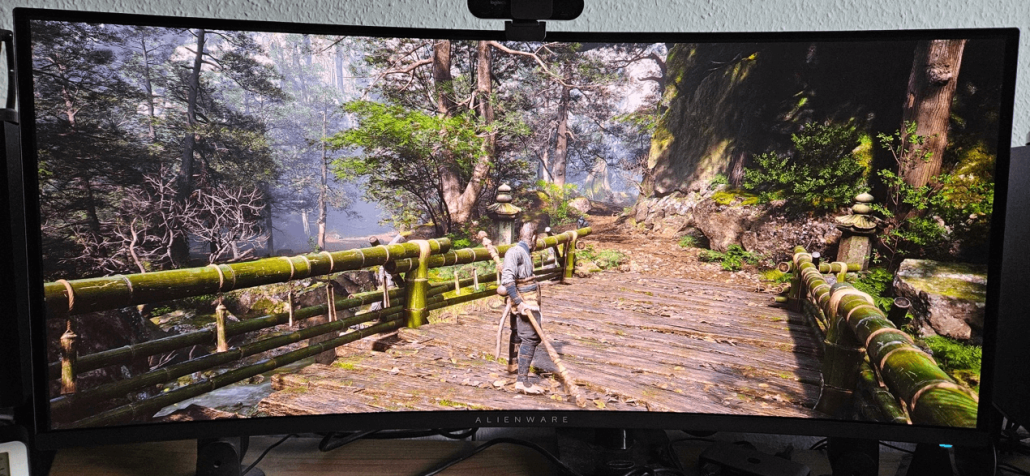
With the extra-large small pitch LED display screen, games can show richer colors and fine details, provide higher contrast ratio and refresh rate, and allow players to experience high-speed action scenes without any sense of delay. This is especially important in an action game like Black Myth: Wukong.
The LED display screen with a 2.6mm pixel pitch and up to 7680hz from RIGARD is gradually becoming the ideal choice to meet this demand with its excellent display effect and realistic picture performance.
LED Displays in Esports: Enhancing the Spectator Experience
Esports has become a major force in the entertainment industry, and LED displays are playing a huge role in how these events are presented. In major esports events, high-definition, large-scale LED screens aren’t just used for live broadcasting of the gameplay — they also show real-time player stats, live scores, tactical analysis and other important game data. This helps to significantly enhance the overall spectator experience, both in person and online.
For example, during the 2022 League of Legends World Championship, immersive LED display screens showed grand game scenes through XR (extended reality) technology, making viewers feel as if they were in the midst of intense battles. The presentation of such scenes relies on high-quality LED display technology, which allows the audience to enjoy an unprecedented visual feast through realistic visual effects and smooth screen switching.

The wide application of LED display screens not only improve the professionalism of the tournament, but also make the audience’s participation greatly enhanced. For the gaming audience, the importance of the viewing experience is no less than the gaming experience of the gamers. RIGARD’s LED display screens, through their excellent visual performance, allow the audience to feel the intensity and excitement of the event in every detail.
The Future of LED Displays: Innovation and Immersion
The success of Black Myth: Wukong indicates that the gaming industry will increasingly demand higher hardware technology standards. Currently, LED displays are one of the most promising key factors for enhancing player experience, prompting game companies to place greater emphasis on product promotion. High-quality LED display screens will become essential tools for showcasing game graphics and promotional videos to attract players and audiences in the future.
The development of technologies such as naked-eye 3D technology and XR virtual shooting is pushing LED display to new heights. As the complexity and interactivity of game content improves, these innovative technologies not only provide gamers with a more immersive visual experience, but also provide game developers and producers with more possibilities for creative expression.
The future of the game world will no longer be just a traditional flat display, with the continuous progress of LED display technology, we can look forward to a more diversified and immersive gaming experience. RIGARD’s LED displays have always been at the forefront of the industry in these innovative fields, and have set a new benchmark for the future development of display technology with their excellent technology and high-quality products.
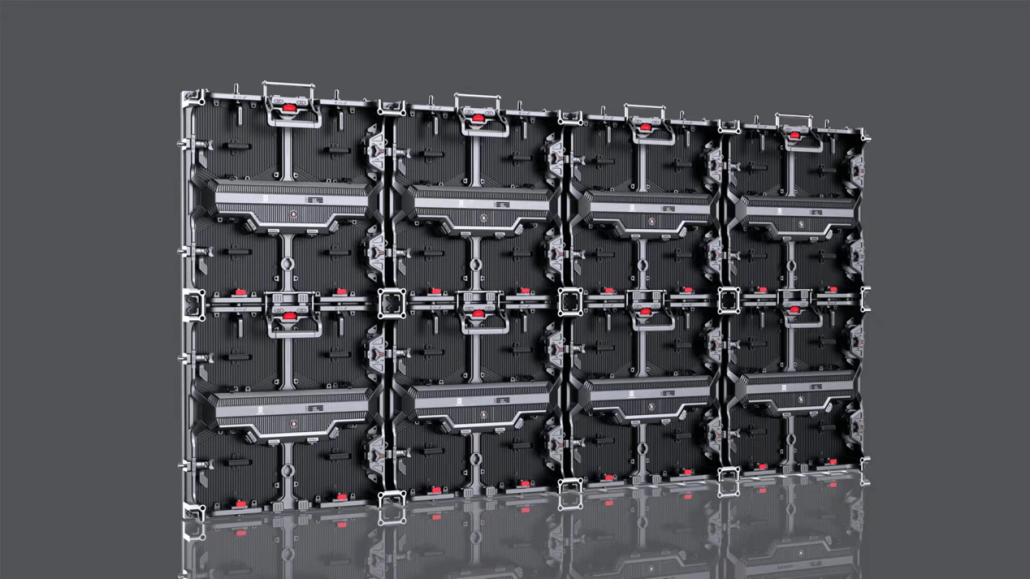
Conclusion
The success of Black Myth: Wukong is not just a testament to the strength of China’s gaming industry—it also offers valuable lessons for the future of LED display technology. From virtual production in game development to the role of LED displays in esports, this technology is becoming increasingly important across the entire gaming ecosystem.
RIGARD, a leading provider of high-end display solutions, has proven to be the go-to choice for game developers, esports organizers, and production studios alike. Whether it’s enhancing player immersion or elevating the spectator experience, RIGARD’s small pitch LED displays deliver unmatched visual performance. As the gaming industry continues to grow and evolve, RIGARD’s cutting-edge technology will play a crucial role in defining the future of entertainment, pushing the boundaries of what’s possible with LED displays.


